I Just Want to Punch Someone—But All the Martial Arts Gyms Are Closed
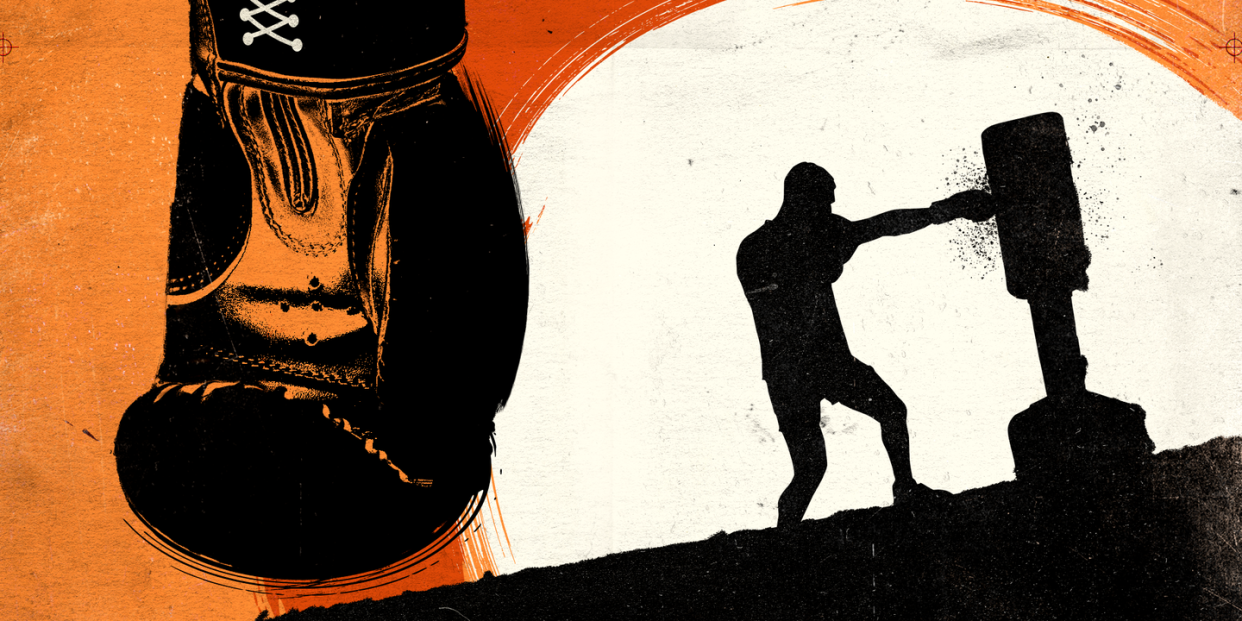
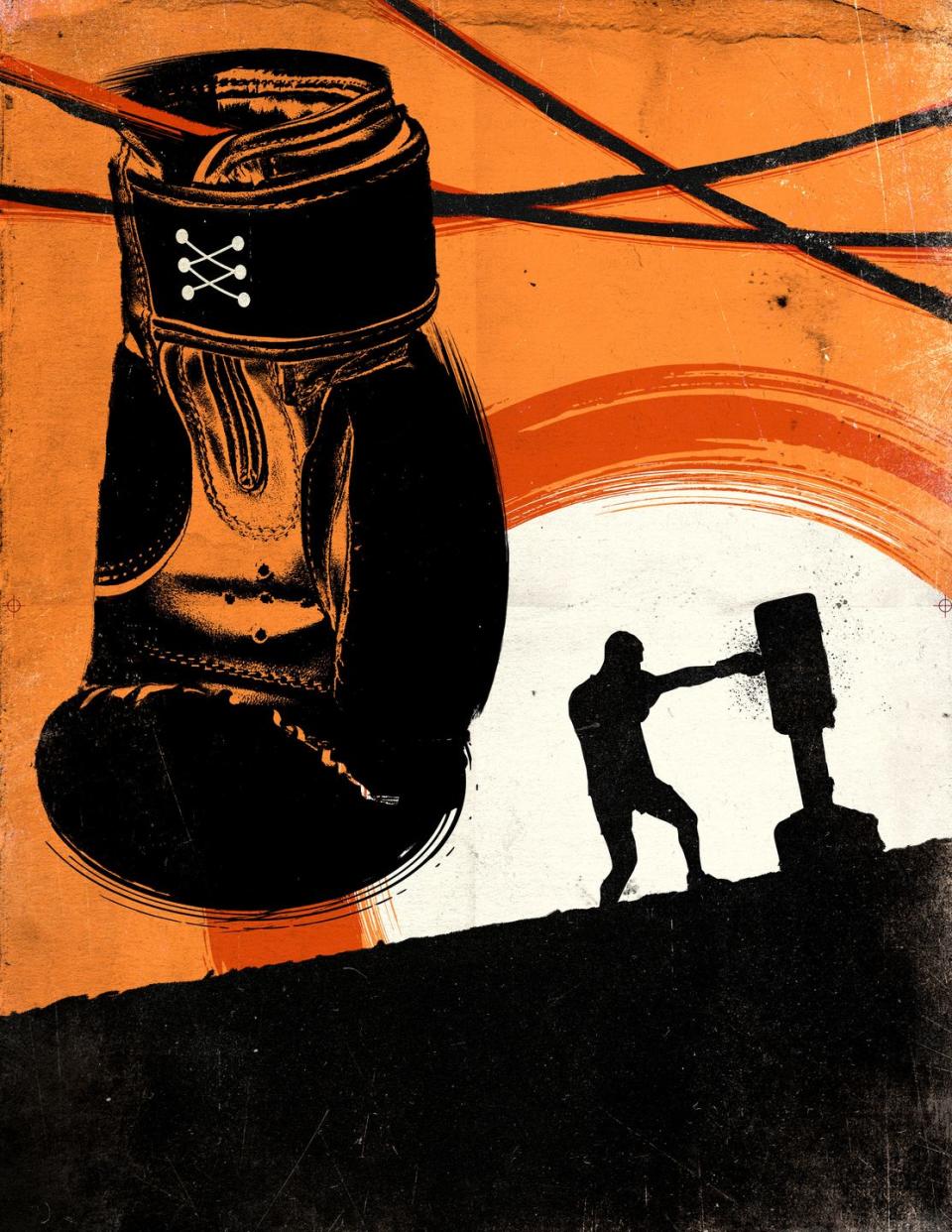
THE SECOND WEEK of March 2020 was the last time I had a chance to hit someone. I remember agonizing over what I then thought was a tough choice: go to my neighborhood martial arts gym, Elements Athletics, for my typical Tuesday night Muay Thai training session, or take the evening off. I was burned out at work, my right hand was slowly recovering from a sprain I got in my first exhibition fight months before, and I was starting to think that worries about the coronavirus, which had been confirmed in the US after decimating countries in Asia and Europe, might be legit.
I stayed home to rest, and unknowingly gave up my final opportunity to train at Elements. By the end of that week, my office had closed, large public gatherings were banned, and a state of emergency was declared for New York City. We had entered the first stages of the pandemic and eventual months-long quarantine period. My gym postponed all classes on March 14, just ahead of New York’s order for fitness facilities to close on March 16. Virtual sessions started on Zoom shortly thereafter, as coaches cobbled together routines for students to practice alone at home. But with no rent freeze in place and no end of social distancing in sight, high Brooklyn rent prices delivered a knockout strike. On April 27, the gym closed its doors, as the owner gave up on the expensive lease. The gym community held onto hope that we could find a new location, but by the first week of June, the now former owner made the future clear: when the city eventually reopens, Elements will not.
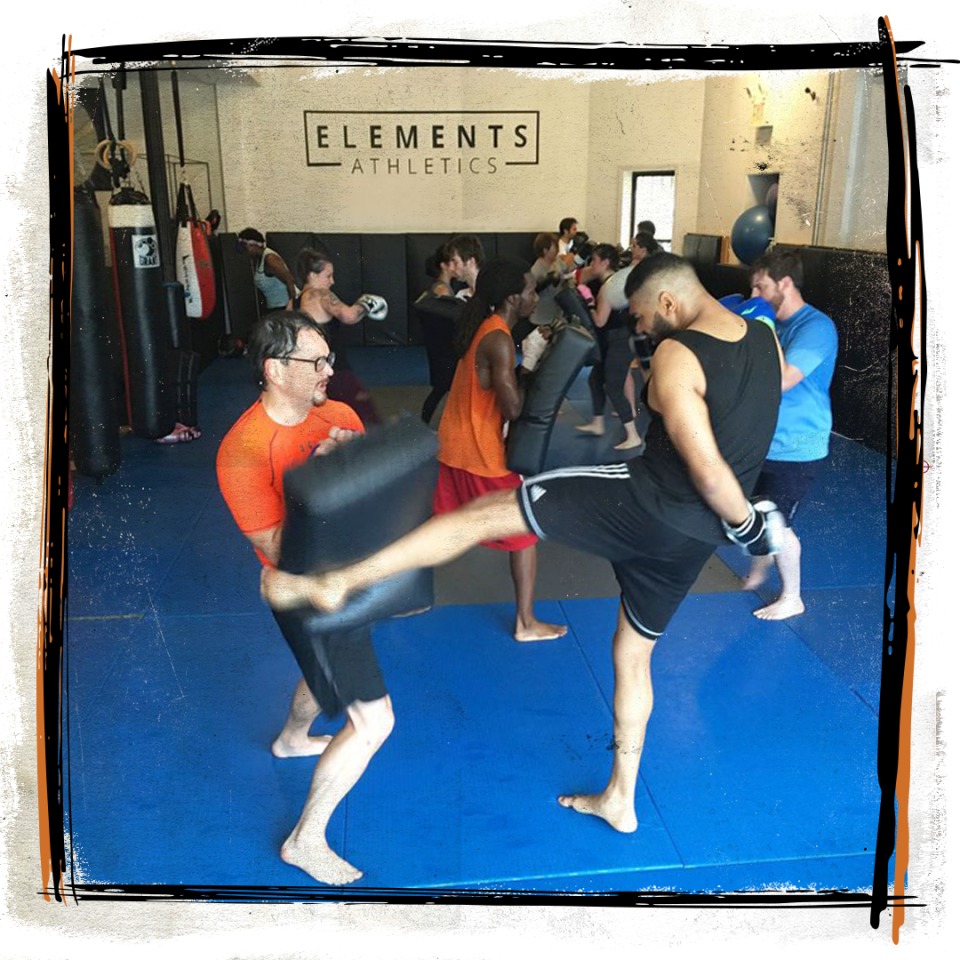
Unlike what goes on inside big box gyms or boutique studios dedicated to other disciplines, after all, our training can never be done from six feet apart. To properly practice Muay Thai and Brazilian jiu-jitsu, the two combat styles taught at Elements, physical contact isn’t just unavoidable—it’s the whole point of the endeavor. You’re going to hit, get hit, and roll (jiu-jitsu parlance for wrestling) with your classmates and training partners, trading blows and co-mingling sweat and breath in the struggle to take the upper hand in a drill or match. “When you are sparring or rolling with somebody, you're breathing very heavily—this virus is transmitted via respiratory droplets,” says Dr. Darragh O’Carroll, M.D., an emergency physician in Honolulu who has also served as an MMA ringside physician and as the medical consultant on Netflix’s Pandemic docuseries. “And when you are grappling with your head right next to somebody else's head or buried in their shoulder, you're also quite frequently spitting, or if you get punched in the face, there's droplets that come out from that. It's very, very high risk. It's one of the highest risk activities I think we could participate in at this time.” According to O’Carroll, normal practice of martial arts and other similar activities will remain dangerous until there’s an effective vaccine available, which would be at the end of this year or early 2021 at the absolute earliest, to his estimation.

Each successive blow to my Muay Thai practice made me so frustrated that I wanted to hit someone even more. I would never just walk up to someone and instigate a fight, and I know that these urges exhibit some toxic masculine tendencies that should be handled through nonviolent mental outlets, too. But I found that the controlled aggression of my martial arts practice has helped me to find some balance through tough times—and for the first time in the three years since I had started training, I had nothing to punch. “I think people who are athletes are struggling overall because the thing that they're enthusiastic about, they cannot do, and there's a psychological and physiological component to that,” says Dr. Jonathan Fader, Ph.D., a leading sport and performance psychologist. “The psychological point has to do with meaning—sports, even as an amateur, bring a sense of meaning. So one way to think about it is, the whole world is injured right now. Everybody's a downed athlete.”
This sense of meaning is a broad concept. For me, "meaning" is the order I feel in my life when I'm participating in disciplined martial arts training, especially in a group. For others, it could refer to the satisfaction they feel as they progress through levels of difficulty honing their physical skills.
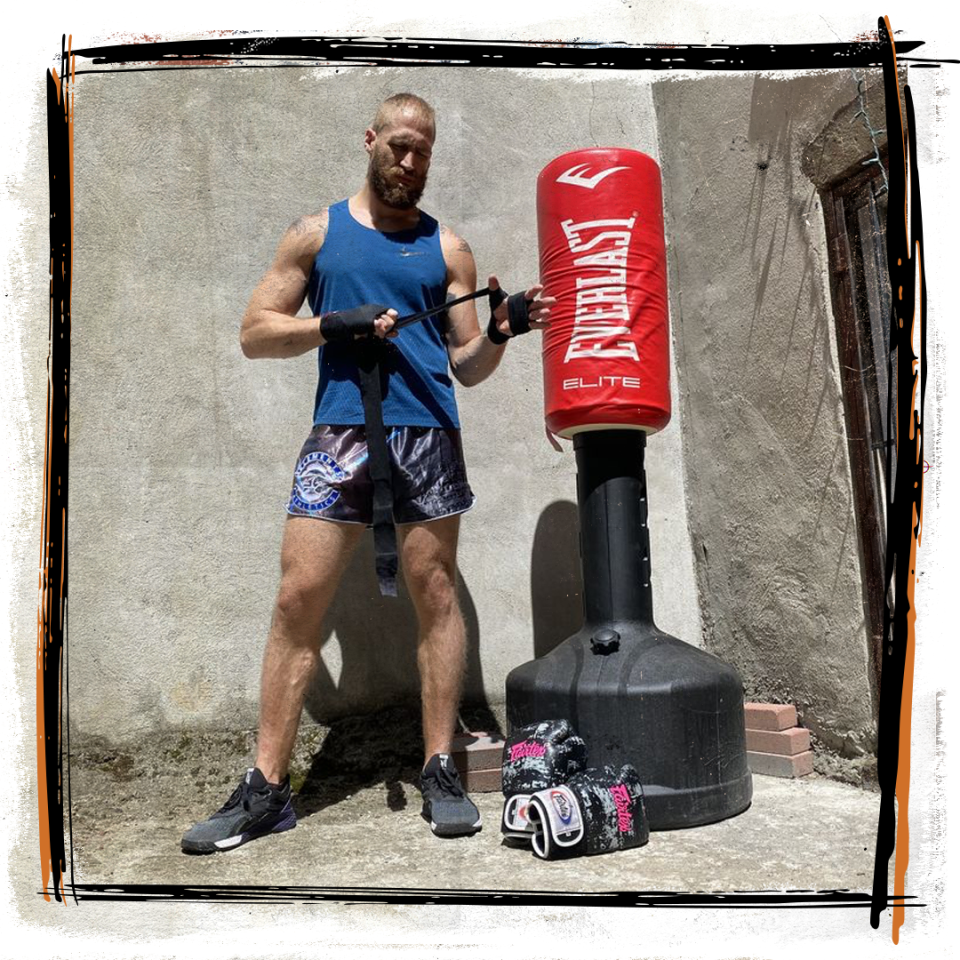
And along with the psychological damage of having my sport taken away from me, there are real physical effects, too. “Athletics and physical activity bring endorphins, they bring in adrenaline, and the absence of those things is actually a brain change. When that's removed, most people are going to feel some sort of withdrawal” he says.

PEOPLE NEED THEIR martial arts, but my gym is far from the only studio struggling. The facility that hosted my first (organized) fight, CROM Physical Culture in Rockaway, New York, also shut down. The owners, married couple Sarah and Chris Romulo, made the difficult decision to leave their 5,000 square foot space, which offered classes in Muay Thai, jiu-jitsu, CrossFit, and strength training while serving as a haven for kids in a diverse area that has its share of rough spots.
But CROM, which has existed in some form across multiple locations since 2010, won’t go down without a fight. This isn’t even the Romulos' first natural disaster—they lost one building in 2012 to Superstorm Sandy, which ravaged the Rockaways. “Sandy knocked us down and pretty much put us on our faces flat,” says Chris Romulo, a former Muay Thai champion. “We had to figure out how to get back up.” The Romulos kept teaching out of yoga studios and at one point, their own living room. After nine months, they found a new space, and built their community from there.
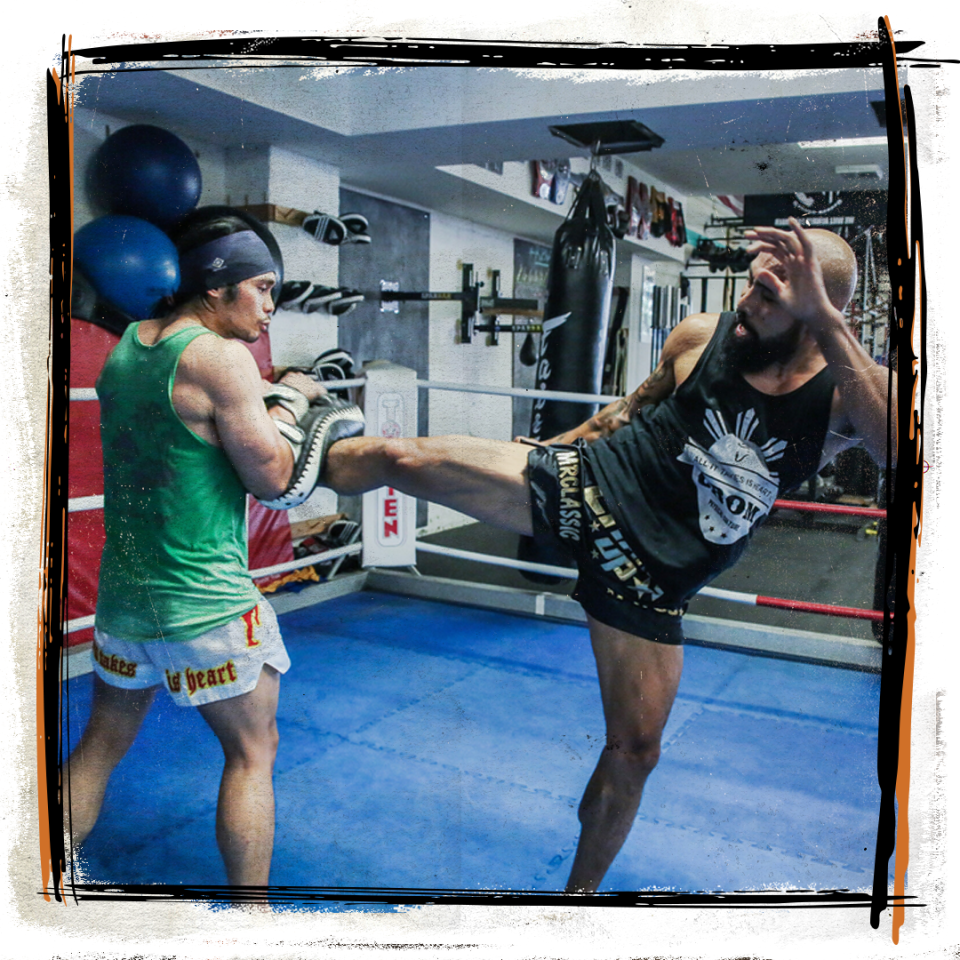
Now, the challenge comes from the pandemic. With training in person impossible, the Romulos have taken CROM online. After cycling through a few platforms, they settled on FitHive, which uses Zoom video calls and heart rate monitor devices to connect with their community. So far, Chris says about 50 people have signed up—and he’s excited to expand the gym’s footprint beyond the Rockaways virtually. He plans to do that by staying true to his roots.
“Right now, I'm really excited about getting back to the basics of how I got into martial arts,” Romulo says. “I started out with just really training myself, you know, pullups and pushups. So right now, I’m refocusing my energy from martial arts where I'm not able to train with our partners or students. I'm just focusing on kettlebell training, bodyweight training, and just staying ready for that comeback.”
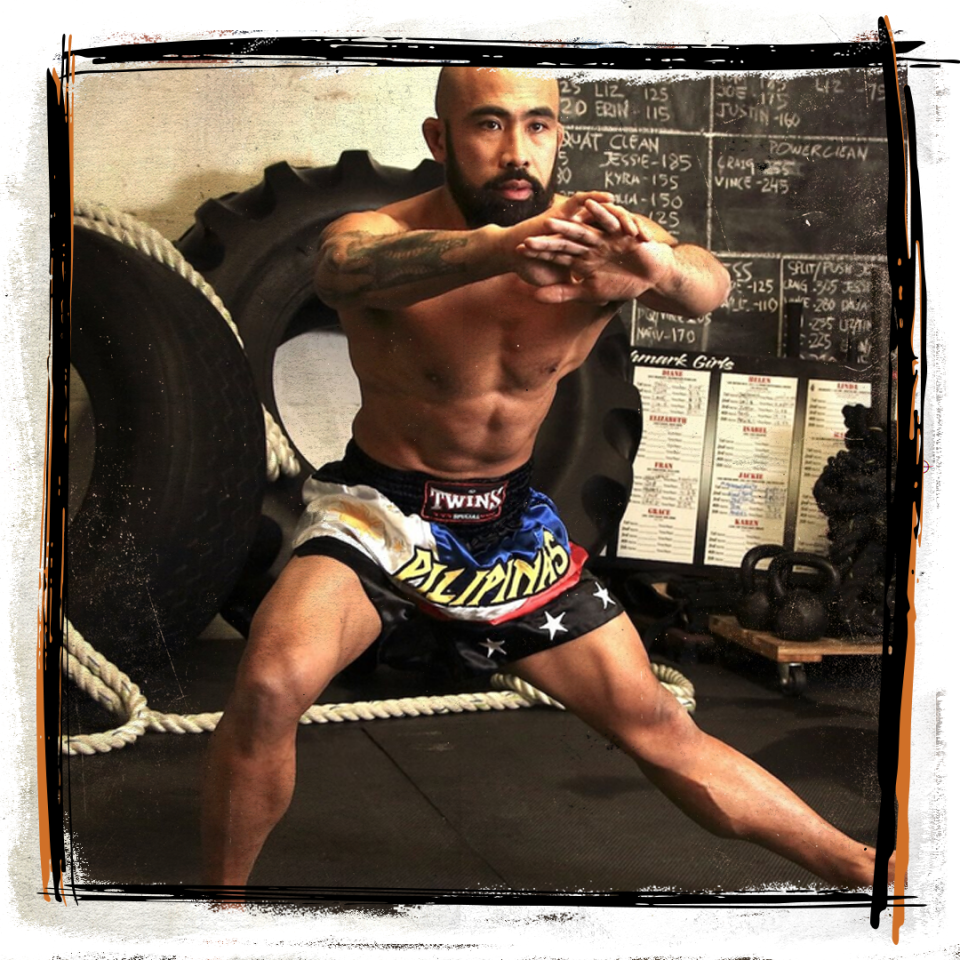
Basic Zoom classes are still offered from my coaches at Elements, too, but I haven’t had the heart to join. I was jealous when a friend in Salt Lake City told me that his jiu-jitsu dojo, First BJJ, was open—but it’s not quite running like business as usual there, according to one of the gym’s owners, Carlos Santos. First BJJ closed for seven weeks at the outset of the pandemic, then opened back up on a limited scale at the beginning of May (much of Utah was in the “Yellow Phase,” at the start of June when we spoke, which requires employees and participants to submit to symptom checks before each session). Only solo drilling was allowed at first, but now, rolling is fair game.
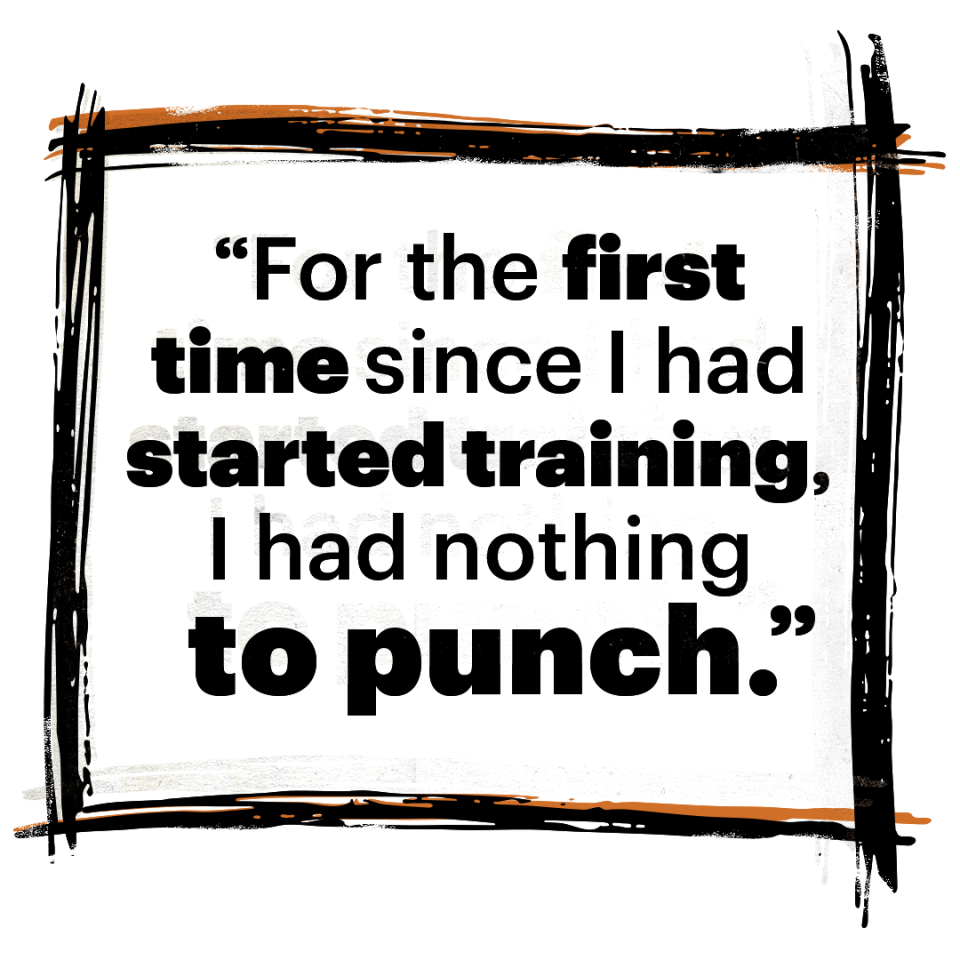
These policies are somewhat at odds with the guidance I received from O’Carroll, the emergency room physician. He says that he’s okay with the conditions under which the UFC is operating, with strict testing protocols and isolation from the general public. But otherwise, martial arts is risky. For now, he’d want more than just a temperature check at the door for people to roll. At minimum, he would require every participant to submit a negative nasal swab PCR test (short for polymerase chain reaction test, this method amplifies a sample of genetic material to detect the presence of the virus) or be proven to have had the virus already. Still, O'Carroll cautions that negative tests aren't always reliable, since people in the early stages of the virus might not flag as positive. We also don't know whether people can be reinfected with the virus, or if they develop immunity after contraction. O'Carroll says early signs point to reinfection being possible, but without severe symptoms. That's a good thing.
O'Carroll would also require that trust be a major component to allow people to hit the mat, saying that no one should participate unless "everybody who is at the gym and everybody who arrives there knows and understands the risks.”
Maintaining a clean facility @firstbjj @firstbjjriverton 👊🏽
A post shared by FIRSTBJJ CARLSON GRACIE MURRAY (@firstbjj) on Mar 13, 2020 at 6:32pm PDT
Many of First BJJ’s members seem to be cautious of those risks, as open doors hasn’t led to everyone’s return to the mat. Santos says that First BJJ lost 33 percent of its pre-pandemic membership base, and only about 45 percent of those remaining are actively coming to work out. But things are starting to turn around. “For us, it was a big surprise,” he says. “People still look for jiu-jitsu.” First BJJ has had six kids and six adults sign up as new members since it reopened, and around 20 people visited for a trial period within three weeks of our conversation. “I think people are tired after three months at home,” Santos says. “I think people want to get back to normal life.” Part of that normalcy for many of Santos’ students is the rough and tumble nature of the art. “People miss most the violence and their friends and need to get back to normal training,” he says.
Even with his concerns, O’Carroll understands this, too. “I'm sure there's gonna be people doing it because it's that drug that you need to take—a lot of grapplers and MMA practitioners, it's an extra incentive to them because there's more adrenaline involved in their types of exercise,” he says. “For a lot of people, that’s something that they need to have involved in their life.”

I LOVE MARTIAL ARTS for physical contact too, and I understand that need for an adrenaline rush—the real stakes that come with the intention of hitting or pinning someone gives me more satisfaction than winning a race or scoring a goal ever could in other sports. I played football for 15 years, through college and a season professionally overseas in Germany’s GFL, and prided myself on being aggressive, even though I primarily played offense. I feel at my best when I’m pursuing a goal and there is some potential for collision, if not conflict. I need to know that if someone brings force against me, I can stand against them, holding my ground to defend myself or whomever they threaten.
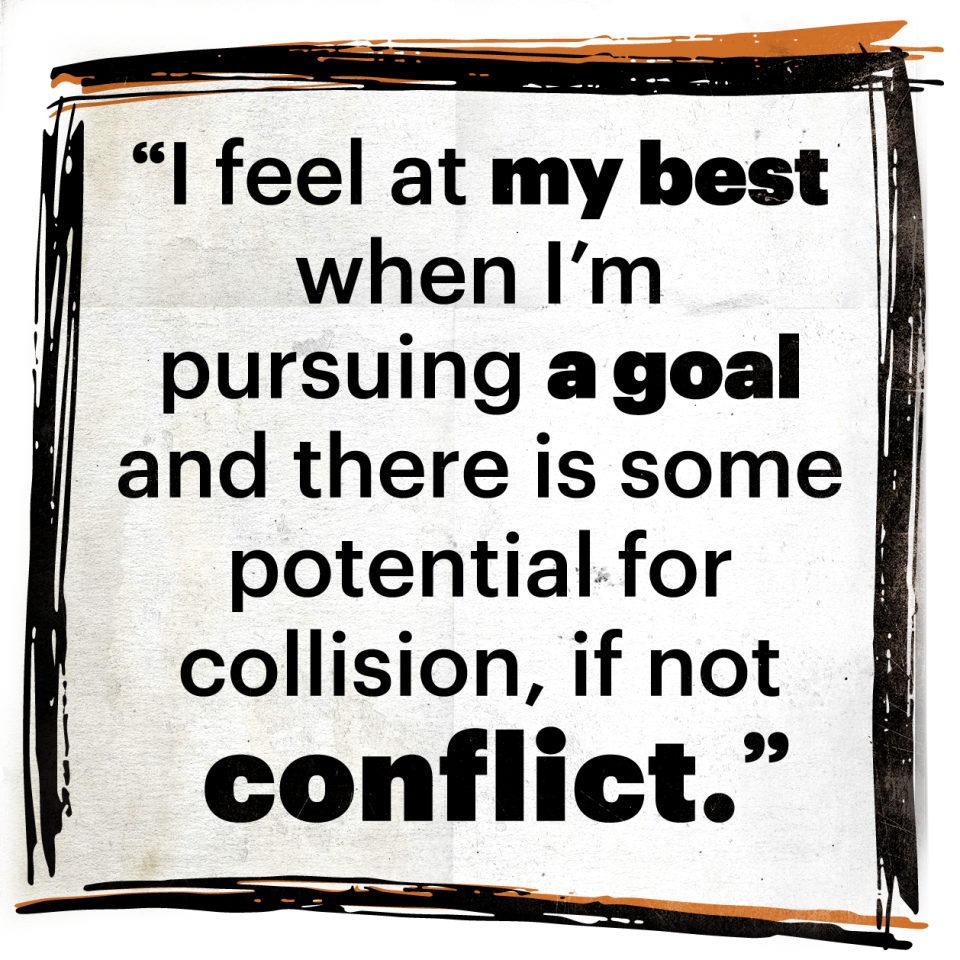
Without martial arts in my life, especially during arguably the most tumultuous period in a generation, I have felt frustrated and even angry. So yeah, I just want to hit someone. But maybe more importantly, I want to have the feeling that someone might hit me back—that I could actually have a chance to counter the blow, instead of the reality, where danger comes from the invisible specter of a deadly virus. The closest I’ve come to this adrenaline-fueled state of fight or flight confrontation since March has been at protests against police brutality, where any aggressive behavior would put myself and others at risk.
I can blame my caveman brain for this, according to the psychologist Dr. Fader. “One way to think of it is it's my belief that from the dawn of time, there have been people that are built for and are interested in battle,” he says. “Especially people who are built for being leaders, facing danger, [they] have a tough time remaining stagnant. My view of sports, especially contact sports, are they are a societally acceptable way of sublimating those desires.” Thankfully, there is some research that proves that aggression isn’t only destructive and, according to psychology’s Catharsis Theory, it’s “a natural and intuitive motivation which has the compelling need for release through physical action within a controlled environment.”
Fader thinks one solution for my frustration would be to get my combat sports adrenaline rush elsewhere. He says that might be tough on my own—Fader referenced the landmark study by Norman Triplett that found that cyclists performed better with others present and established the principle of social facilitation—but there are other options.
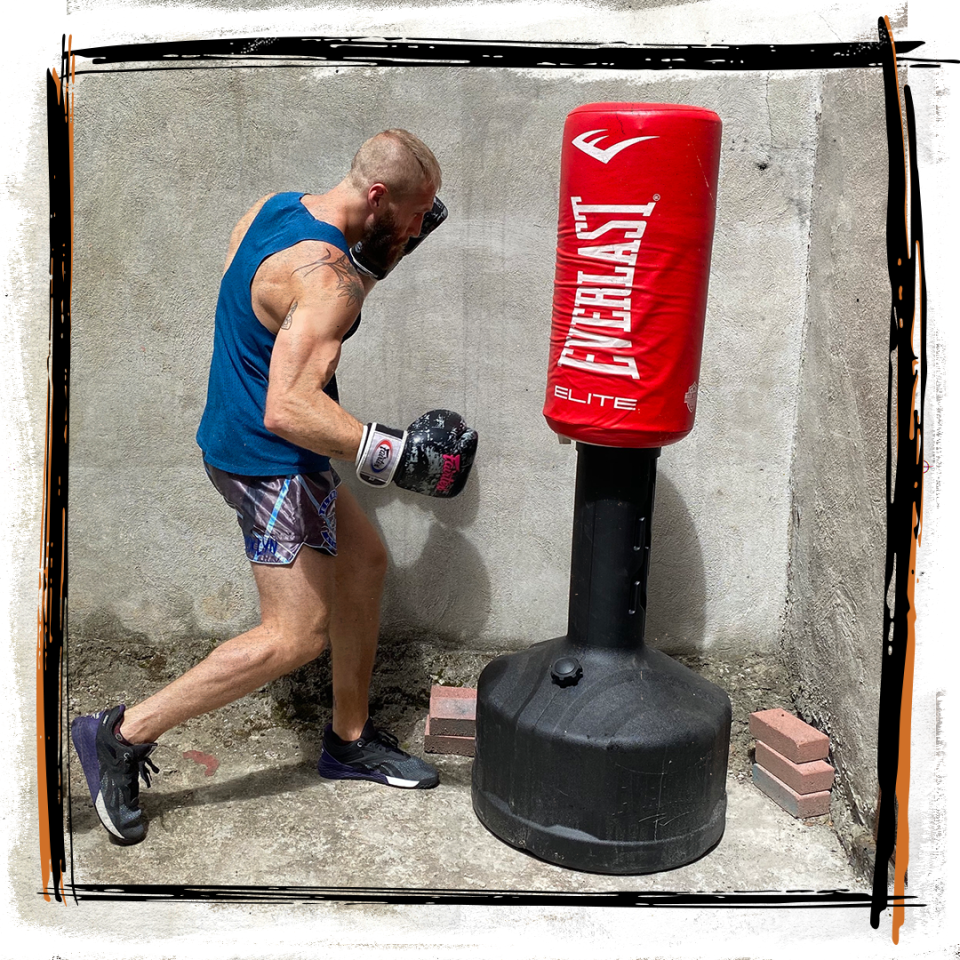
“I would bet that if you took people who were big wave surfing, you would find a similar [neurological] response,” Fader says. “I think it's more about putting yourself close to the edge. I think it's the extremeness rather than the actual contact action.”
Am I going to have to get out on the ocean or climb up a mountain to finally feel better? Maybe not. Thankfully for me, and for everyone else fed up with their quarantine lives, there’s more to mental health than being able to punch someone else in the face for controlled release.
“The thing that people should be doing is to just test out in their lives, what else can they do to find meaning?” Fader suggests. “Because I think it's a combination, as I said, of psychology and physiology. And so you should address this physiology component, but it's also about saying, what are the other pillars that hold up my life that could support the fact that this [martial arts] isn't there. What we find is that athletes that have several pillars to the way that they define themselves are more resilient when that opportunity to compete is removed—by injury or in this case, world life and the pandemic.”
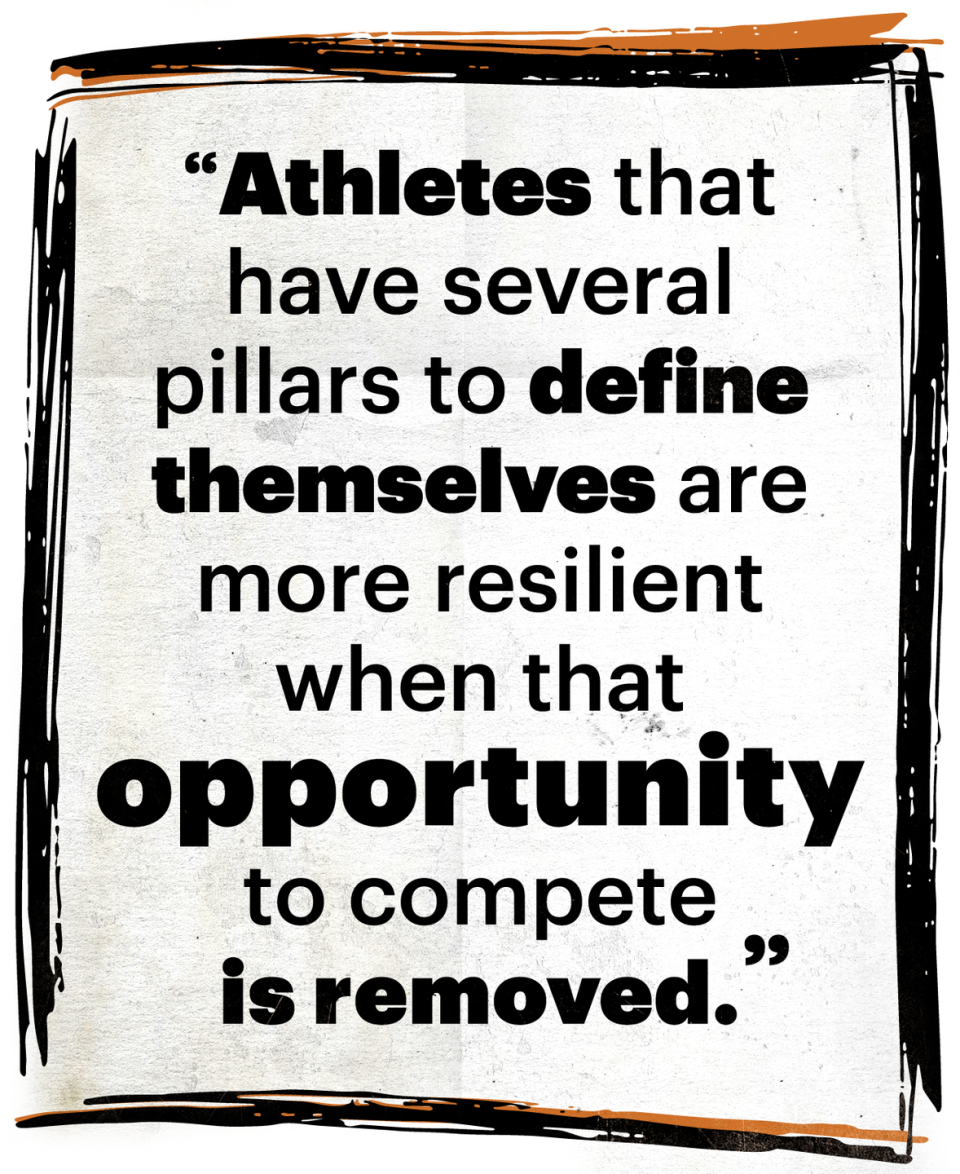
In other words, think about investing time in your other hobbies and pursuits, and if you don’t have any, now’s the time to find some. For me, that means getting involved in activist projects, running outside, and taking on physical challenges, like running a Murph workout in my tiny backyard or mastering a standing back flip. But on the most frustrating days, I have a heavy bag outside in my yard. I can throw all the punches I need, at least until the gyms come back.
You Might Also Like
